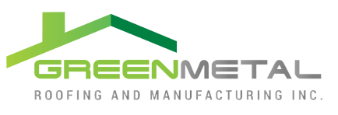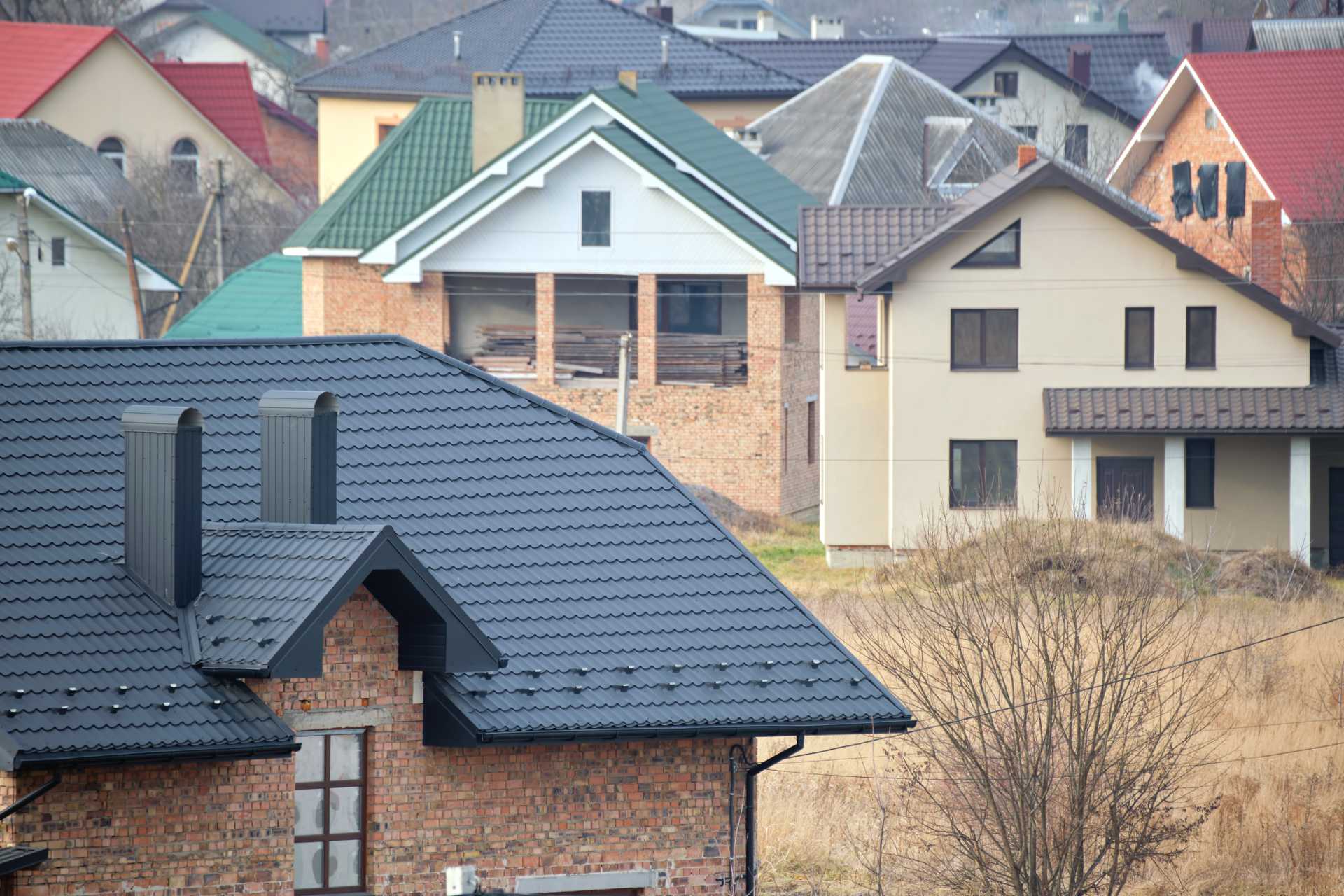When it comes to selecting a roofing material for your home, you have several options, but the material that has gained in popularity the most over the last decade is metal roofing. The reason why metal roofs have gained popularity so quickly is due in part to the materials durability, energy efficiency, and aesthetic appeal. However, not all metal roofs are created equal. With various metal types and finishes available, it’s essential to choose the right option that will best serve your region’s specific needs.
Let’s delve deep into how to select the perfect metal roof based on regional considerations:
-
Understand the Climate and Weather Patterns
The climate of your region plays a pivotal role in determining the type of metal roof best suited for your needs.
Hot & Sunny Regions: If you are in a region that sees high temperatures and relentless sun, reflective metal materials can be highly beneficial. For instance, Metal Roofing Alliance suggests that light-coloured or reflective coatings help in deflecting infrared and UV rays, the kind that produce heat and are most damaging away from your home, thus reducing cooling costs.
Snowy Areas: For regions prone to heavy snowfall like that which we face in Southern Ontario, a smooth, slippery metal surface is ideal. Metals like standing seam are perfect as snow slides off them easily, preventing ice dams.
Coastal Areas: Coastal climates such as those found in British Columbia or in the Maritimes have salty air, and demand corrosion-resistant materials. Aluminum or zinc is often recommended as they’re naturally resistant to salt corrosion.
-
Assess Local Building Codes and HOA Regulations
Before deciding on the type of metal, always check your local building codes and homeowner’s association (HOA) rules. Some regions have strict guidelines when it comes to materials, colours, or styles, especially in areas prone to heavy storms and hurricanes.
-
Consider the Aesthetic Appeal
Metal roofing isn’t just about durability and climate-resistance; it is also about looks. The Spruce points out that modern metal roofs come in various colours, styles, and finishes. From traditional vertical panels to tiles that mimic wood shakes, slate, or even clay tiles, there’s something for everyone.
For instance, in the Southwest, a copper roof that develops a blue-green patina over time might complement the landscape beautifully, whereas in more traditional settings, stone-coated steel tiles might be preferred.
-
Understand the Different Metal Types
Each metal type has its own set of pros and cons. Here’s a quick breakdown:
Steel: It’s the most common metal roofing material for residential roofing is both affordable and durable. Steel roofing comes in a variety of thicknesses and is often coated with a layer of zinc for added corrosion resistance.
Aluminum: Slightly more expensive than steel, but is significantly lighter than steel and has a longer life expectancy, aluminum is also naturally corrosion-resistant, making it perfect for coastal regions.
Copper: Aesthetically pleasing with a long lifespan, copper is more expensive than other metals, so it is often used as accent pieces.
Zinc: Has one of the longest life expectancies when used for roofing, it’s elf-healing, insect proof and corrosion-resistant. Over time, it forms a protective layer called zinc patina which heals scratches.
-
Think About the Roof’s Pitch and Style
The pitch or slope of your roof can influence the type of metal roofing you select. Some materials are better suited for steep pitches, while others work well on flatter surfaces. Always consult with a roofing expert to determine the best fit for your home’s specific design.
-
Energy Efficiency and Environmental Concerns
Metal roofs can be incredibly energy efficient, helping to reduce your cooling or heating costs, depending on your local region. Ensure you are choosing materials with high solar reflectance and good emissivity. The Energy Star program lists several metal roofing products that meet their efficiency criteria.
Furthermore, for those eco-conscious homeowners, metal roofing is a sustainable choice. It’s often made from recycled materials and is fully recyclable at the end of its lifespan.
-
Evaluate Installation Costs and Longevity
While metal roofing might have a higher initial cost compared to asphalt shingles, it offers a higher return on investment in the long run. With proper installation and maintenance, metal roofs can last 40-70 years, while asphalt roofing typically needs replacement every 15-20 years.
However, the cost can vary significantly based on the type of metal and the intricacy of the installation. Speak to one of our Green Metal Roofing specialist for your no obligation quote and to better understand the price associated with having a metal roof installed on your home.
-
Consider Maintenance and Upkeep
While metal roofs require significantly less maintenance than some other roofing materials, occasional checks are necessary. For the most part we suggest checking your roof in the spring and fall and removing any large sticks and other debris that may have come to rest on your roof. Ensure that you are comfortable with any maintenance your chosen material might demand, especially if you are in an area with frequent storms or falling debris.
Choosing the perfect residential metal roofing for your region requires a blend of practicality and aesthetics. By understanding your local climate, keeping regional regulations in mind, and prioritizing energy efficiency and longevity, you will be well on your way to making a choice that not only protects your home but also elevates its curb appeal.
Remember, while research is crucial, consulting with local roofing experts can provide invaluable insights tailored to your specific needs. So, equip yourself with knowledge and make an informed choice for your home’s perfect metal shield!


